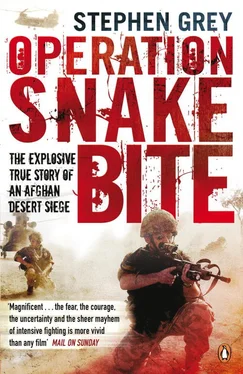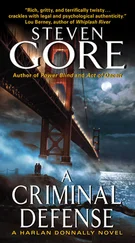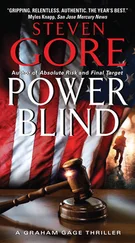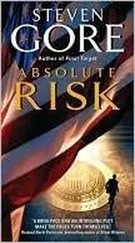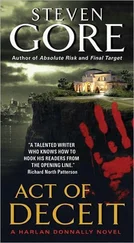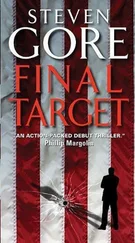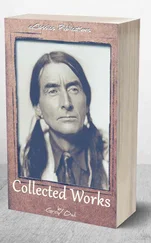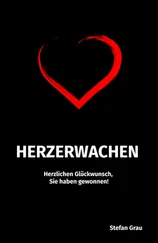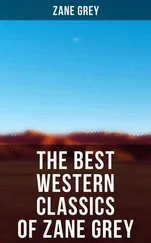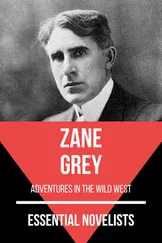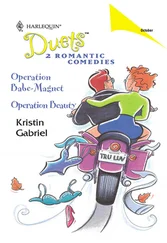Marine Ogden, the medic in the Inkerman battle of 9/11, was also commended for his ‘selfless actions and advanced medical skills’ that ‘undoubtedly saved lives’ in dealing with nine casualties in a single incident. His OC, Major Morley, was awarded an MC for his ‘magnificent leadership’ at Inkerman.
Among the injured on 9/11, Paul Britton also won an MC for ‘his outstanding display of professionalism, inspirational leadership and selflessness’ during the 9/11 battle – a particular mention was made of his refusing morphine and evacuation so that he could continue to lead his team. Simon Greening, who was shot in the side, recovered from his injuries and returned to the Marines, promoted to sergeant. James Fletcher, who had blast injuries to both legs on the roof of the compound, and lost so much blood, is back running six miles in forty minutes. A reservist and painter and decorator by trade, he has been kept mobilized by the Marines until he makes a full recovery.
The Sangin commander, Dan Cheesman, got an MBE with a citation describing him as ‘warrior and a diplomat in equal measure’. And 40 Commando’s commanding officer, Stuart Birrell, got a DSO for ‘his leadership, commitment and selfless service of the very highest order’. He moved to a job at the Ministry of Defence, as did the Household Cavalry commander, Ed Smyth-Osbourne, who got a mention in dispatches for his ‘inspired leadership’ and was promoted to full colonel.
Paul Pitchfork, who led the Gurkhas in their defence of Sangin on 10 December, was awarded an MC for demonstrating ‘the very highest standards of leadership, courage and initiative under fire and in face of a most determined enemy threat’. Bhim Gurung’s MC was awarded for his ‘great courage’ in crossing open ground that day, twice, under heavy fire and without cover.
James Fraser and James Manchip, the artillerymen, both received mentions in dispatches for their mission in Now Zad – Fraser for rescuing the truck containing British and American ammunition and supplies, and Manchip for the inspiration he offered his men.
Chris Bell, who led the Scots Guards in the desert, received an OBE and went on to become chief of staff at 20 Armoured Brigade, which was deployed to Iraq in November 2008. Tony Phillips, who led the BRF, received a mention in dispatches for displaying ‘magnificent levels of bravery’ and producing the same in his men. He remained to finish his command of his battery at Catterick, Yorkshire. The BRF’s Simon Cooper, attached from the Royal Engineers, got a Queen’s Commendation for Bravery for when he volunteered to clear the route out of the mine strike that killed Jack Sadler.
At headquarters, Andrew Mackay was awarded a CBE for his tour and was due to be promoted to become a two-star major general with command of a division. Mark Gidlow-Jackson received an MBE for his role as chief of staff and returned to his unit, 4 Rifles, as a company commander and expected a deployment soon to either Afghanistan or Iraq.
Major Nick Haston, the deputy chief of staff, decided to quit the army, in part in frustration at the Ministry of Defence’s handling of equipment shortages and care.
Among the Chinook pilots, Nichol Benzie left the front line. He was awarded a Distinguished Flying Cross for his rescue in the 9/11 battle. The rest of the squadron was heading back to Afghanistan.
Among the Americans, the 1 Fury commander, Brian Mennes, was deployed to combat again within weeks of his return from Afghanistan, this time in command of a Rangers special forces battalion that deployed to Iraq in September 2008. Don Canterna, who had commanded Bravo Company, joined the 2nd Ranger Battalion, an elite combat unit, out of Fort Lewis in Washington State.
Sergeant First Class James Brasher was awarded the Silver Star, one of the highest American bravery awards, for his assault down from Roshan Tower on 8 December. The citation described how ‘His quick decisions and aggressive stance against the enemy saved the lives of his men’ and how, despite his serious arm injury, ‘he continued to fight and give combat instructions. The medics had to force medical care on him.’ Brasher told me his injured arm was ‘not doing fantastic’, but he was hopeful that an operation in the next few months would see him fit to return to combat. At Fort Bragg, I had also watched President Bush present Ronald Strickland, the man who led the first defence of Roshan Hill, with a Silver Star. This was for his actions in Kajaki in May 2007 when he led an assault to the site of a Chinook that had been shot down by Mullah Sadiq’s fighters.
The Apache co-pilot injured in Musa Qala, Thomas Malone, was back in Arizona still recovering from his injury and as yet unable to fly.
Dan McNeill handed over command of ISAF on 3 June 2008 and, after forty years of service, returned to Fort Bragg and retired from the army a few weeks later.
Michael Semple was living in Islamabad, Pakistan, writing a contemporary history of Afghanistan.
Sherard Cowper-Coles was due to leave Kabul to take up a new post as special UK envoy to both Pakistan and Afghanistan.
President Hamid Karzai faced presidential elections in the summer or autumn of 2009. He wondered how much support he would get from Britain and America.
Mullah Salaam was in a gloomy mood when I met up with him in Kabul. ‘I’m a marked man,’ he told me. ‘When you return to Musa Qala, I will most likely be dead.’
I had tracked down Salaam to a guesthouse in the capital where he was preparing to return home after a meeting with the president. I’d just heard word the Taliban were hoping to greet him back in Musa Qala with a suicide bomb.
As his comments were being translated, he fingered his black beard and kept producing a strange rasping noise. I thought at first it was something wrong with the tape recorder. Salaam’s head was sinking steadily between his palms, as he contemplated the gap between promises of redeveloping Helmand and the grind of reality. Things were so bad, he told me, he was questioning his whole endeavour. ‘I should never have changed sides. All this has been a big mistake. I should have stuck with the Taliban.’
This was all a bit ironic. The final twist in the Musa Qala tale was the allegation now circulating in intelligence circles that the man sitting before me, the one whose defection had caused such a stir, was in fact ‘the wrong Mullah Salaam’. I had now been told that Mullah Salaam from the village of Shah Kariz outside Musa Qala had been initially confused with a man who, known as ‘Gut Mullah Salaam’, or Salaam the Lame, was also from northern Helmand. The latter was paralysed below the waist but was a former Taliban corps commander and was active in the rebellion with a large posse of armed followers.
‘When there was all this talk of Mullah Salaam and all the fighters he was going to defect with, they thought they were talking about the other Mullah Salaam, the real fighter. In fact, the one who did defect was really a minor tribal elder,’ said one source in the intelligence world. ‘And when it became clear there were actually two of them, everyone just shut up and kept that quiet.’
For all that, right man or wrong man, the Salaam I was now meeting had proved useful to the coalition, diligently playing the part of a convert to the government side, and urging villagers across northern Helmand to turn their backs on the Taliban. But now, like many of his new allies, he was beginning to wonder if all the hopes he had raised would be dashed.
Salaam told me: ‘I have promised the people so much, but we have delivered so little, and people will turn on me. Everything comes so slowly.’ It wasn’t foreigners like the British he blamed particularly. ‘The whole government here; they are all criminals,’ he said. ‘They keep the money for themselves.’
Читать дальше
